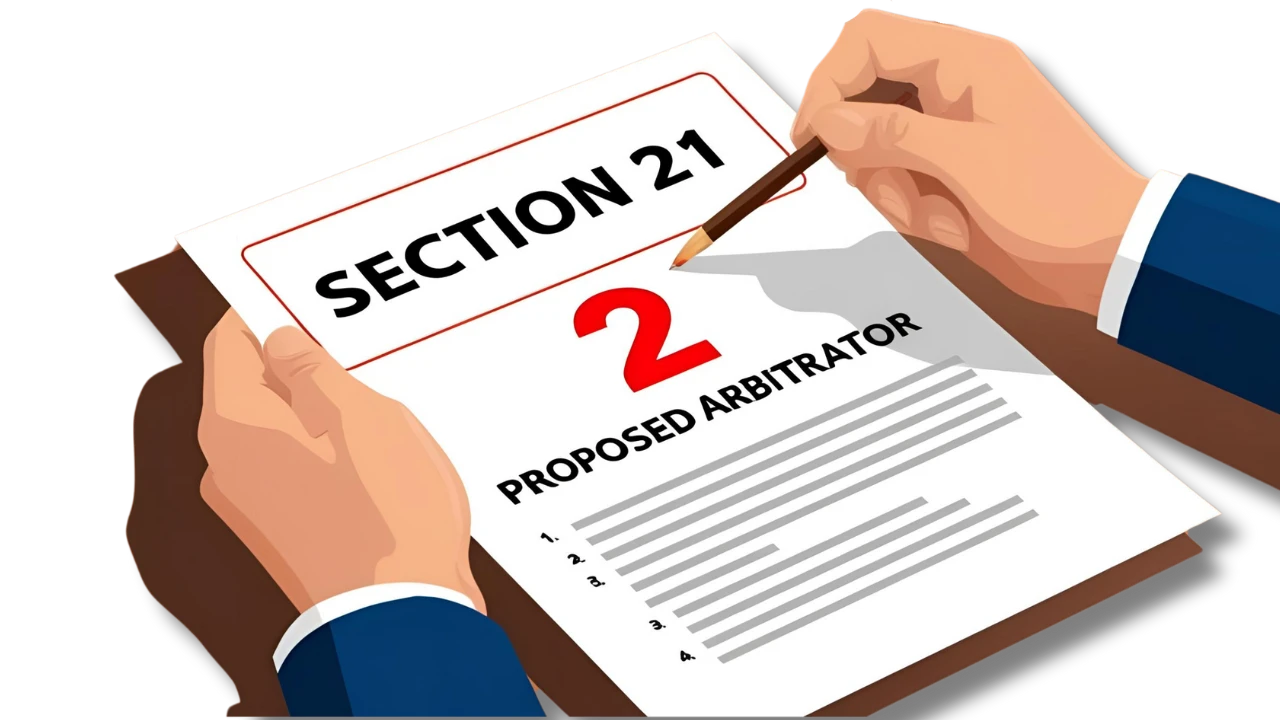Introduction
Have you ever wondered what happens when a rigorous legal process designed to stop financial crime collides with the everyday realities of a multi-million dollar business? The PMLA1 is a law known for its severity, a tool that empowers the ED2 to freeze assets with a definitive finality that leaves little room for negotiation. But what if a company, facing the prospect of a massive project being stalled, offers a creative solution? Could the law, designed to be unyielding, bend to allow for commercial continuity without compromising justice?
This is exactly the situation that unfolded in the Supreme Court with the M3M Group in Joint Director and Another Versus Eastern Institute for Integrated Learning in Management University and Another3. When the ED provisionally attached a prime land parcel, the company’s flagship project was suddenly in jeopardy. Instead of a protracted legal battle over the attachment itself, M3M made an unprecedented proposal: “Let us substitute the attached property with another one, of equal or greater value, and let our project proceed.”
This was not just a legal maneuver; it was a test of the judicial system’s flexibility. The ED, in a surprisingly pragmatic move, agreed to the proposal after an independent valuation confirmed the proposed substitute—a collection of unsold commercial units in their “M3M Broadway” project—was worth a solid ₹317 crores, exceeding the value of the original property. With this financial security in place, the Supreme Court delivered a landmark ruling.
The court’s decision, however, was not a blank check. It was a meticulously crafted agreement, conditional on a series of stringent requirements that protected the investigation’s integrity at every turn.
- No Encumbrance Certificate: Imagine offering a new car to a friend as collateral for a loan, only to discover it has a lien from a previous loan. This is what the court sought to prevent. M3M had to prove, with verifiable documents, that the substituted assets were entirely free from any liens, mortgages, or other third-party claims.
- Undertaking Not to Alienate: The company was required to provide a notarized undertaking, a solemn promise, that the new property would not be sold or transferred while the legal proceedings were ongoing. This was a crucial safeguard to ensure the asset remained available for future action.
- Submission of Title Documents: Would you accept a promise of a property without holding the deed? Of course not. The court mandated that the original title documents of the substituted property be physically deposited with the ED or the court itself.
- Indemnity Bond: What if a hidden defect or legal challenge arises later, reducing the value of the substituted property? The court demanded an indemnity bond, requiring M3M to financially compensate the government for any loss or legal deficiency that might arise from the substitution.
- Safeguarding Third-Party Rights: This is perhaps the most innovative aspect of the ruling. Consider a retail investor who has bought a commercial unit in the same project. Should their investment be jeopardized because of a legal case against the developer? The court said no. It explicitly protected the rights of these innocent third parties, ensuring the pending proceedings would not be used to obstruct their legitimate transactions.
- Possession on Confirmation: The court made it crystal clear: the substitution was a conditional arrangement. In the event that the attachment of the alternate assets is confirmed by the Adjudicating Authority, M3M would be required to hand over possession to the ED.
- Disclosure of Funds Source: Was the new property itself purchased with ill-gotten gains? To answer this, M3M was compelled to provide a transparent and complete disclosure of the source of funds used to acquire the substituted assets, proving they were not derived from proceeds of crime.
- Cooperation with Investigation: As a final safeguard, the court mandated that M3M continue to cooperate fully with the ED’s investigation, appearing for inquiries and producing documents whenever required.
Conclusion
The Supreme Court’s ruling in the M3M Group case represents a significant and forward-thinking evolution in the enforcement of the PMLA. By allowing the substitution of a provisionally attached property, the court demonstrated a pragmatic understanding of modern business realities, moving beyond a purely punitive approach to a more balanced and equitable one. This decision, while carefully framed as non-precedential, sets a powerful example of how the legal system can adapt to protect both the state’s interests and the economic stability of a country, acknowledging the complex network of stakeholders involved in large corporate entities.
Looking ahead, this ruling has the potential for profound ramifications. It could pave the way for a more flexible and collaborative relationship between investigating agencies and businesses. Instead of an immediate, paralyzing attachment that can cause widespread financial disruption, companies under investigation may now have a viable, albeit strictly conditional, path to maintain business operations. This could reduce the collateral damage often associated with PMLA proceedings, such as project delays, job losses, and a loss of investor confidence. For the real estate and infrastructure sectors, where the attachment of a single piece of land can bring an entire project to a halt, this flexibility could prove to be a game-changer. The judgment signals a maturing jurisprudence that recognizes economic and commercial sensibility as a key component of effective legal enforcement.
A critical question for the future arises from this ruling: will a formal mechanism for property substitution be codified within the PMLA? The court’s order was based on the specific facts of the case and the ED’s agreement to the terms. However, given that similar issues have been raised in other cases, this may not be a one-off event. It creates a powerful incentive for the legislature to consider amending the PMLA to explicitly include provisions for such substitutions, complete with clear guidelines and safeguards. This would provide legal certainty, reduce litigation, and offer a transparent pathway for all parties involved. How will the courts and the legislature reconcile the PMLA’s rigorous intent with the practical need for economic justice in high-stakes financial crime cases? The answer to this will shape the future of business and law in India.
Citations
- Prevention of Money Laundering Act,2002
- Enforcement Directorate
- Joint Director and Another Versus Eastern Institute for Integrated Learning in Management University and Another,2025 SCC OnLine SC 1395
Expositor(s): Adv. Anuja Pandit






